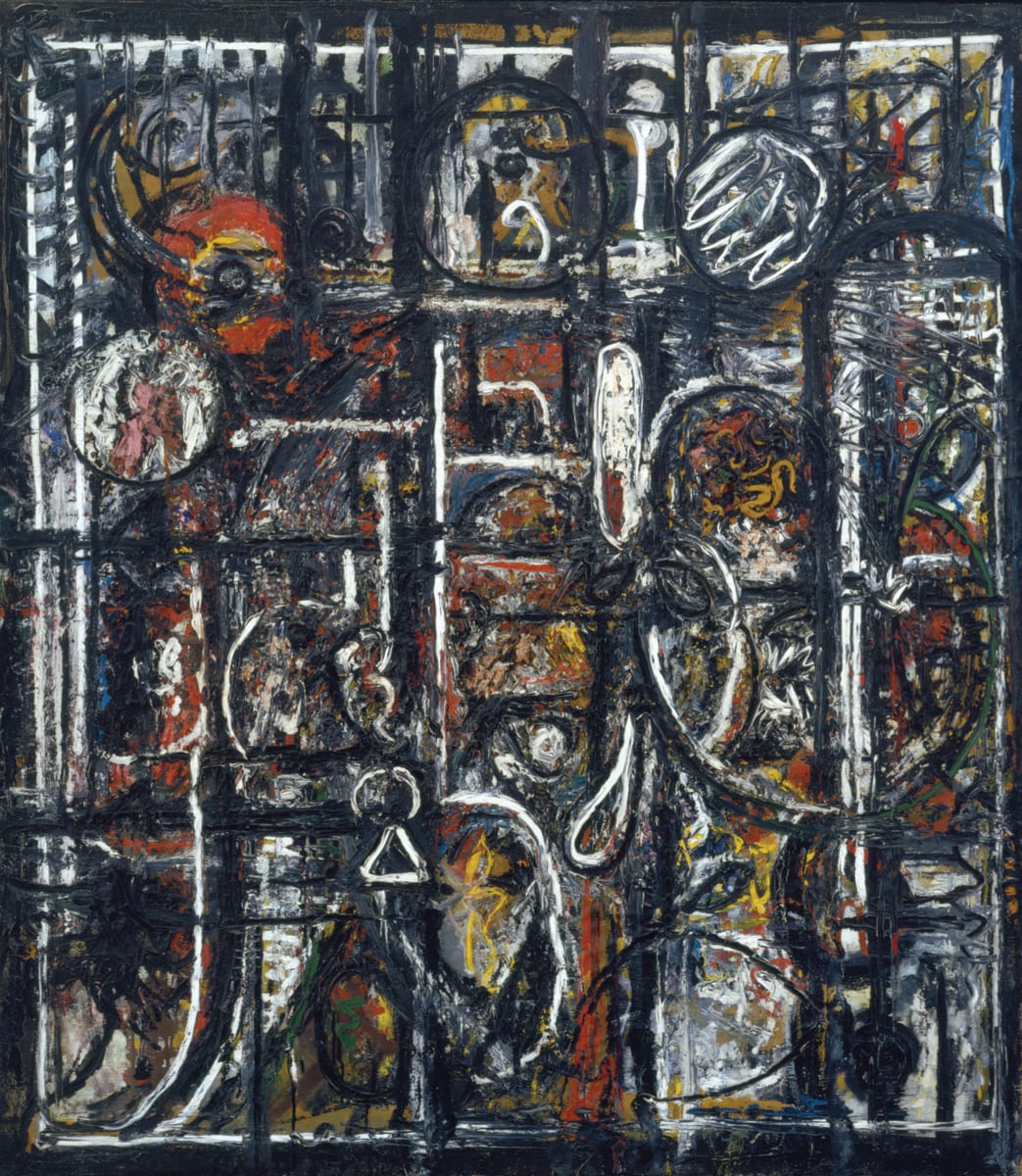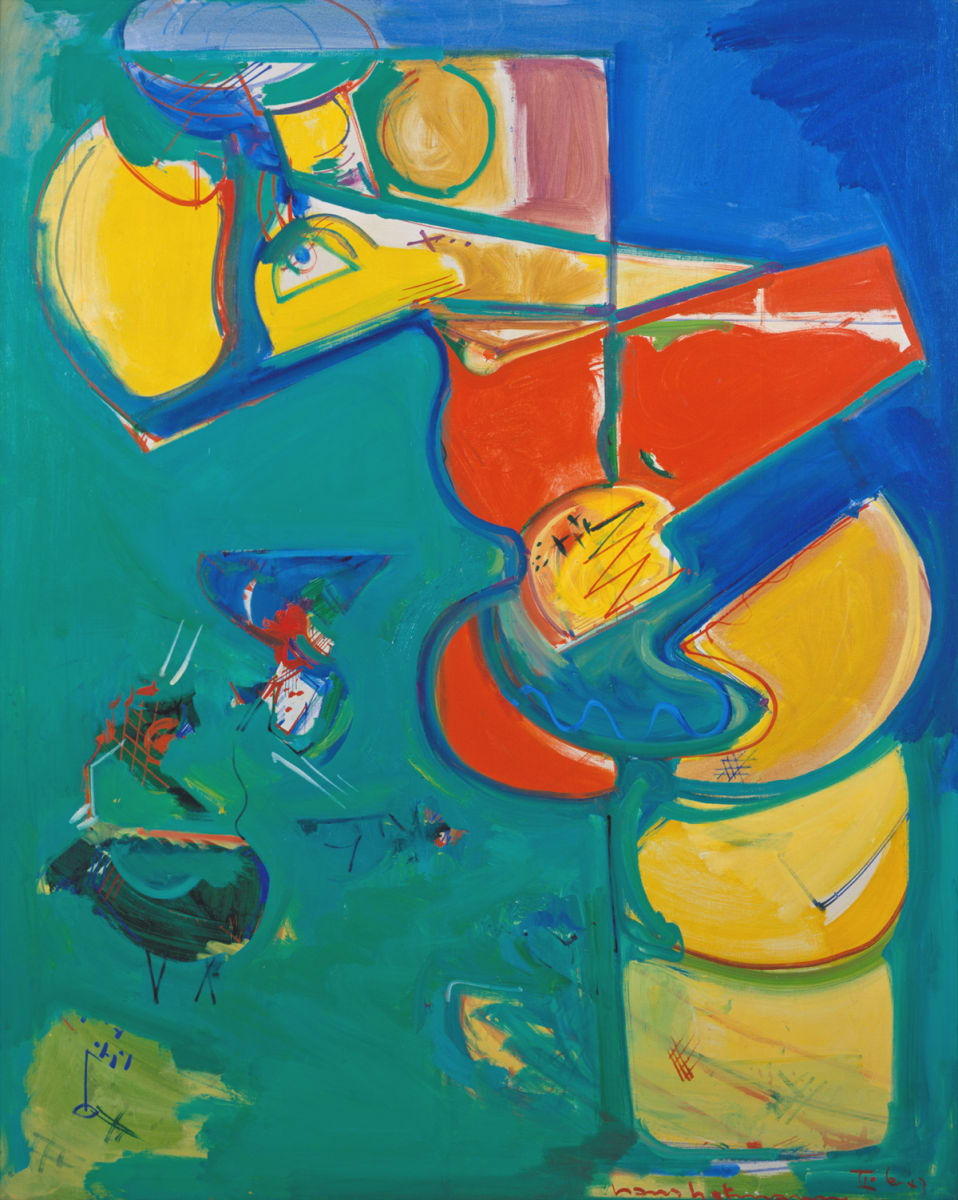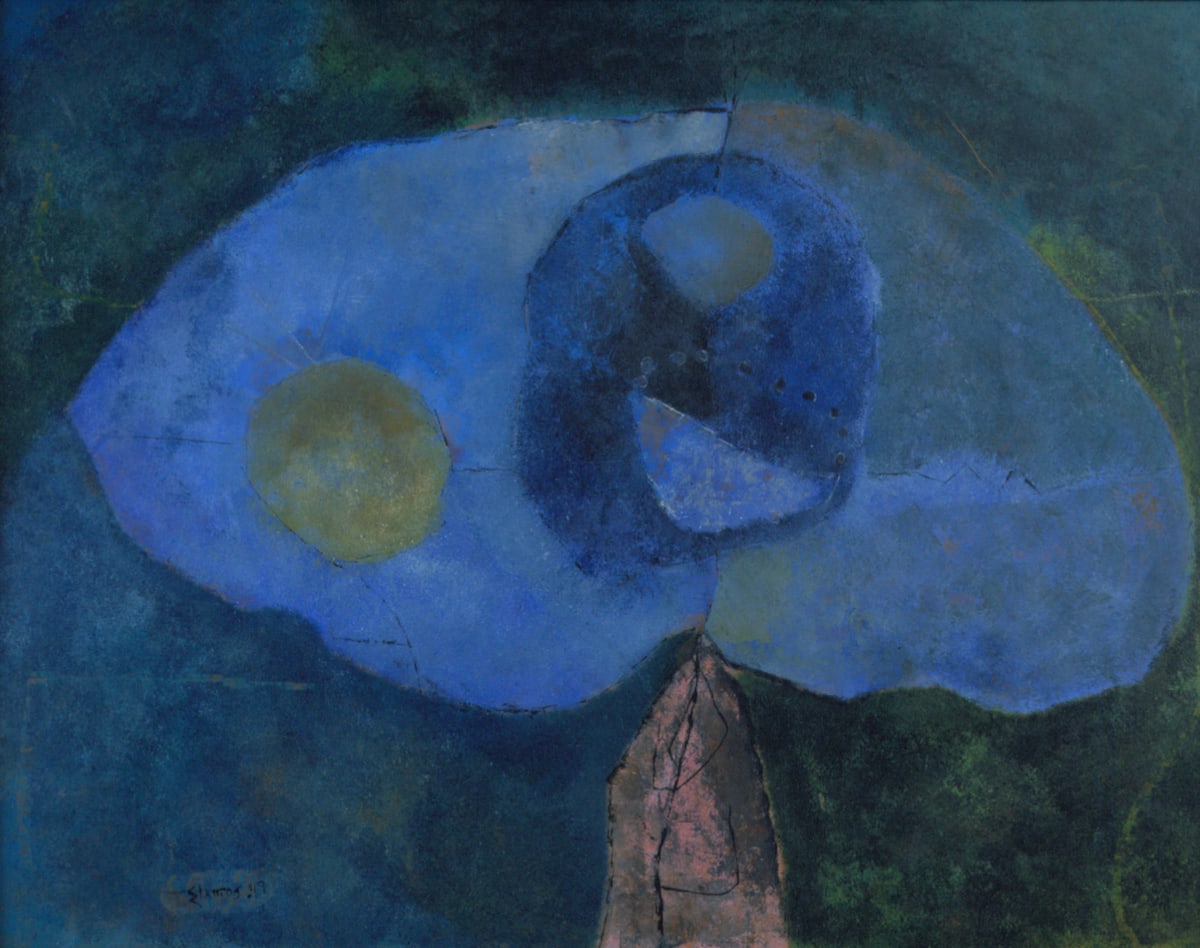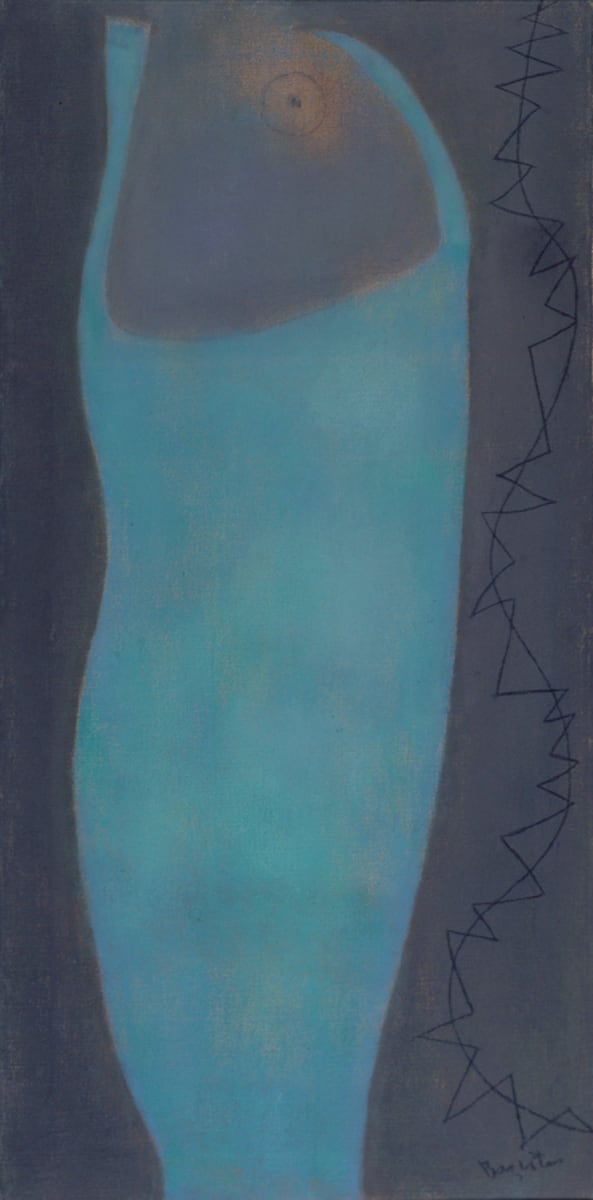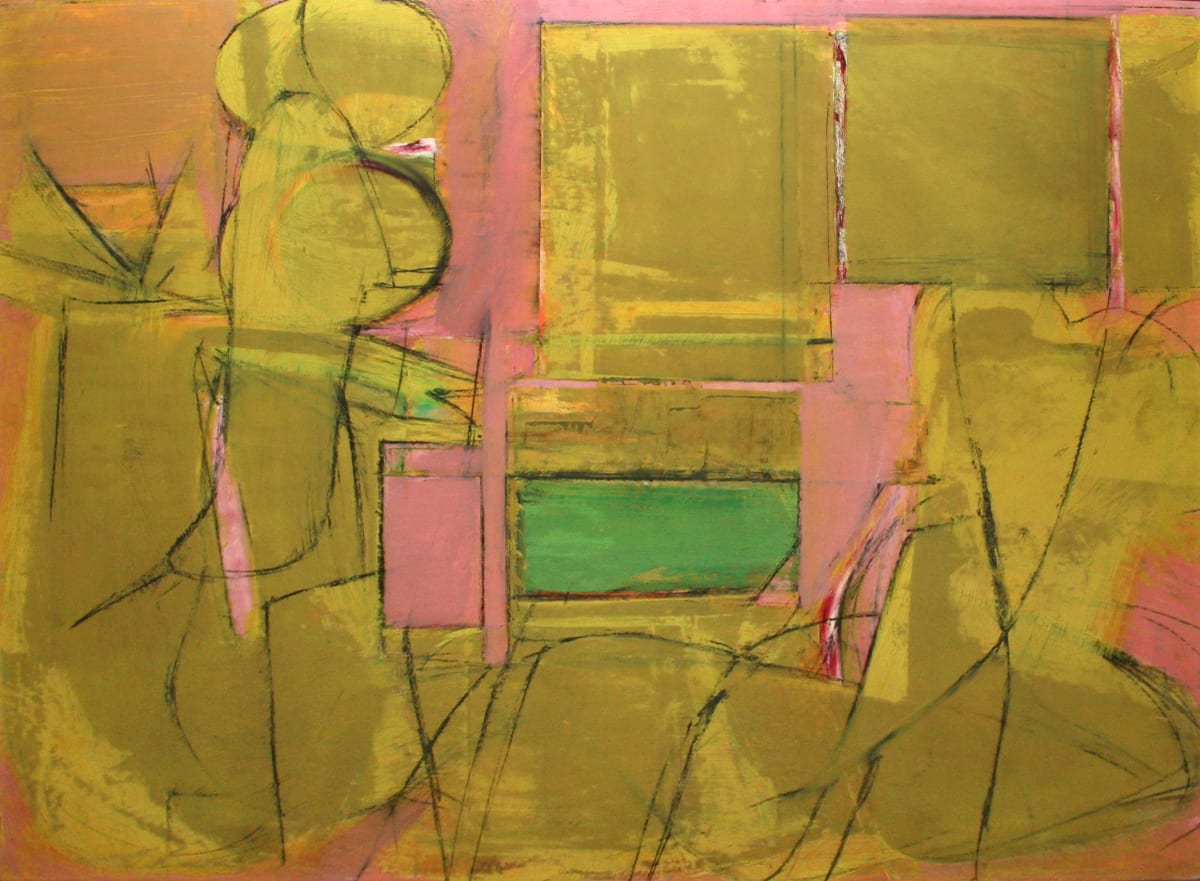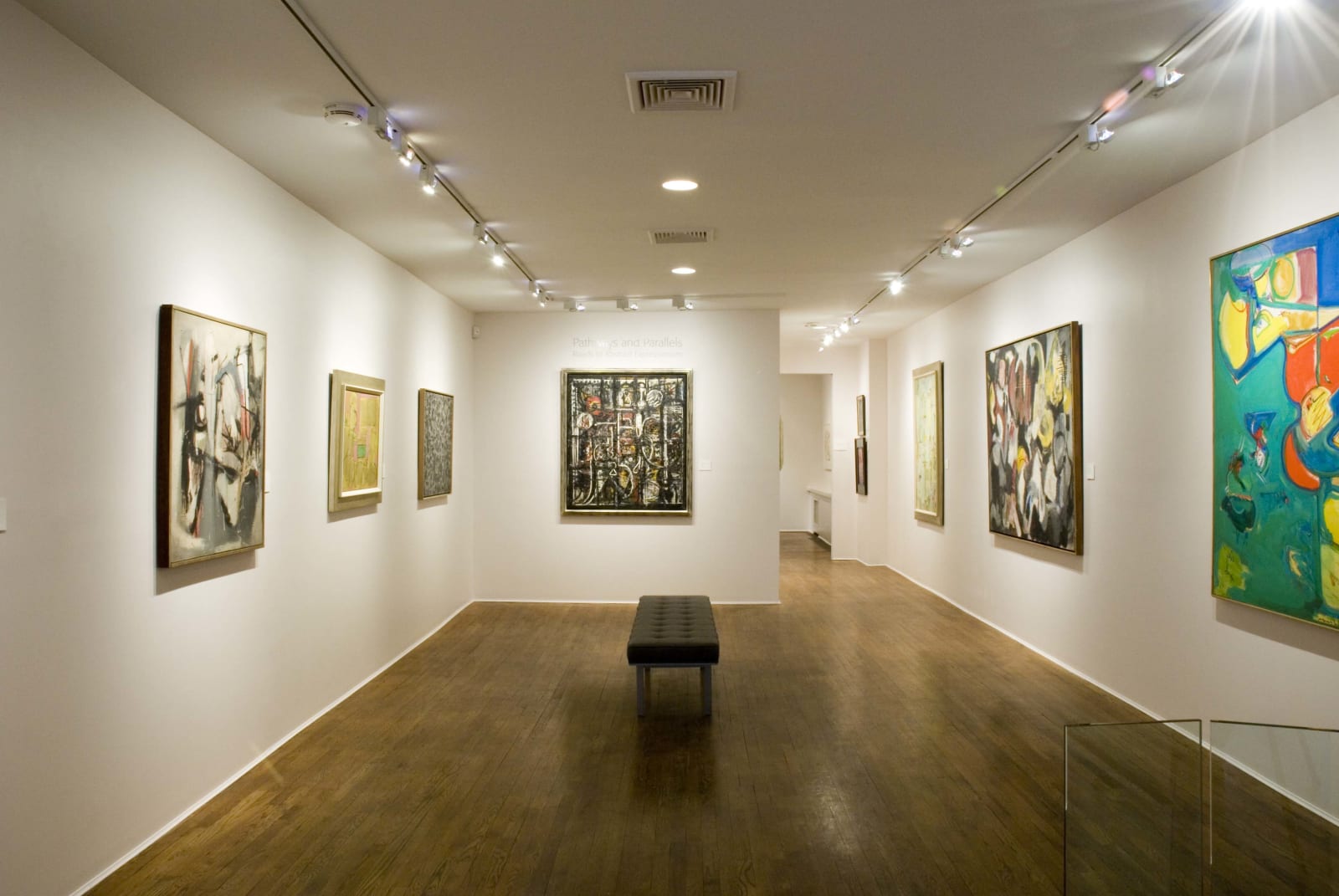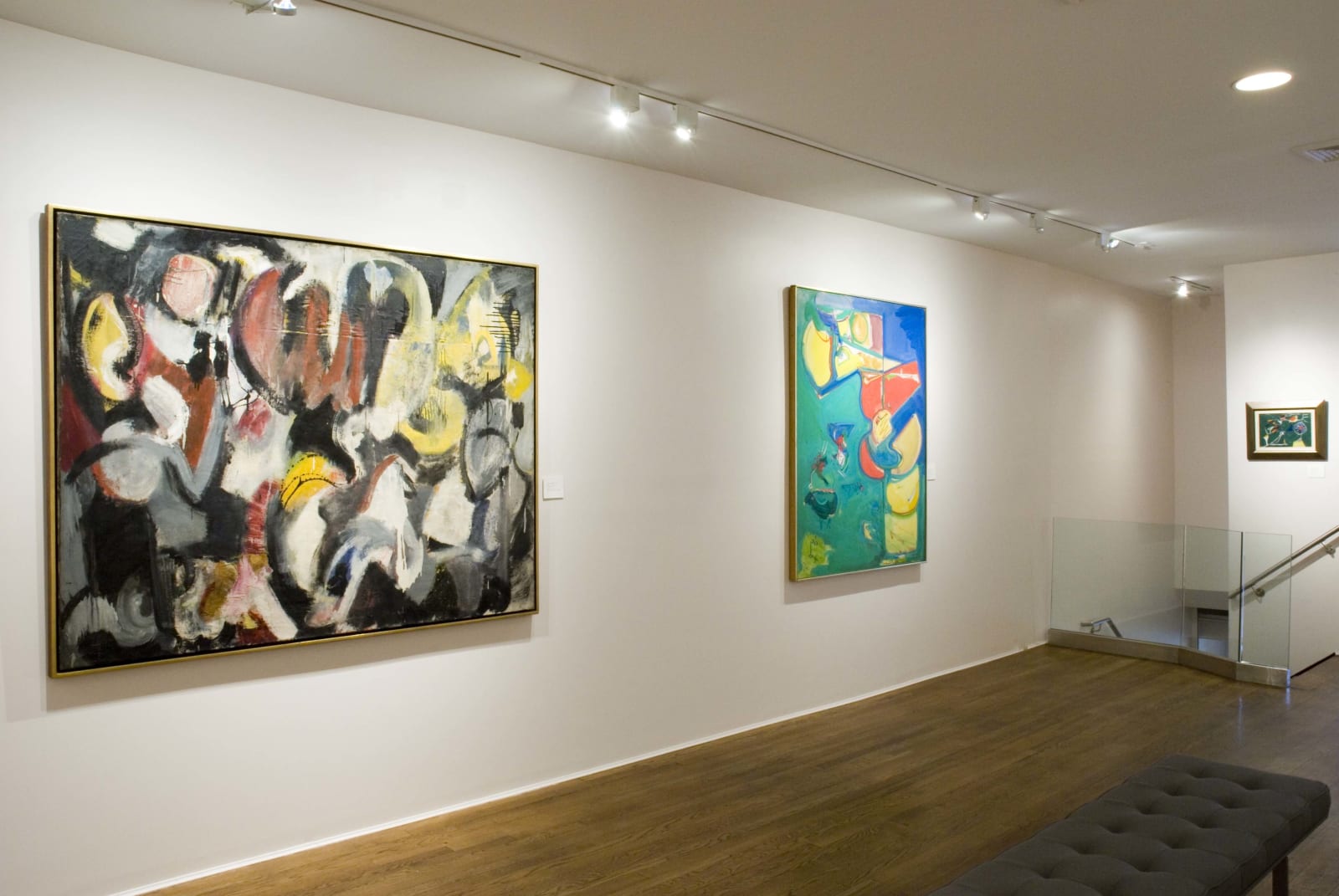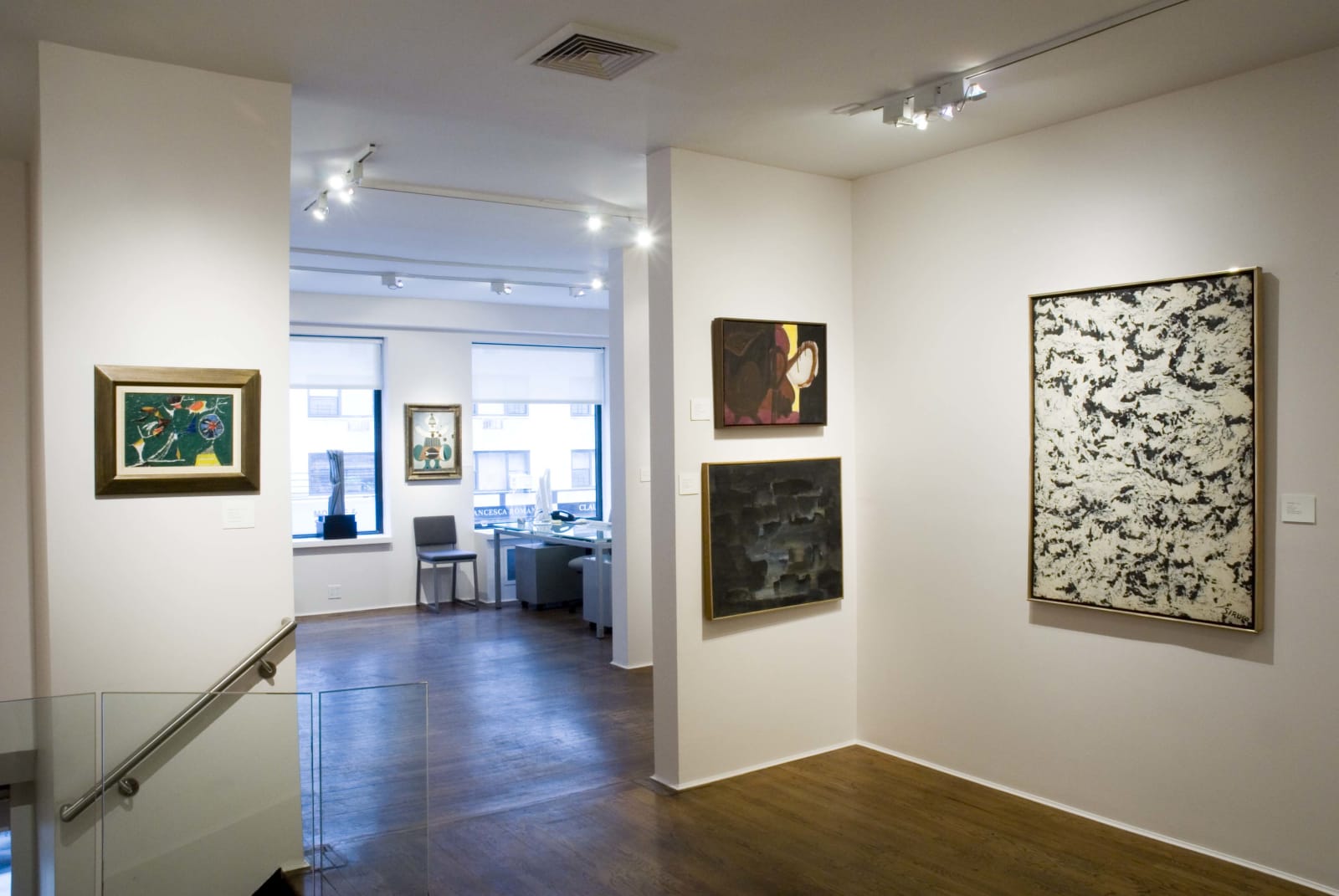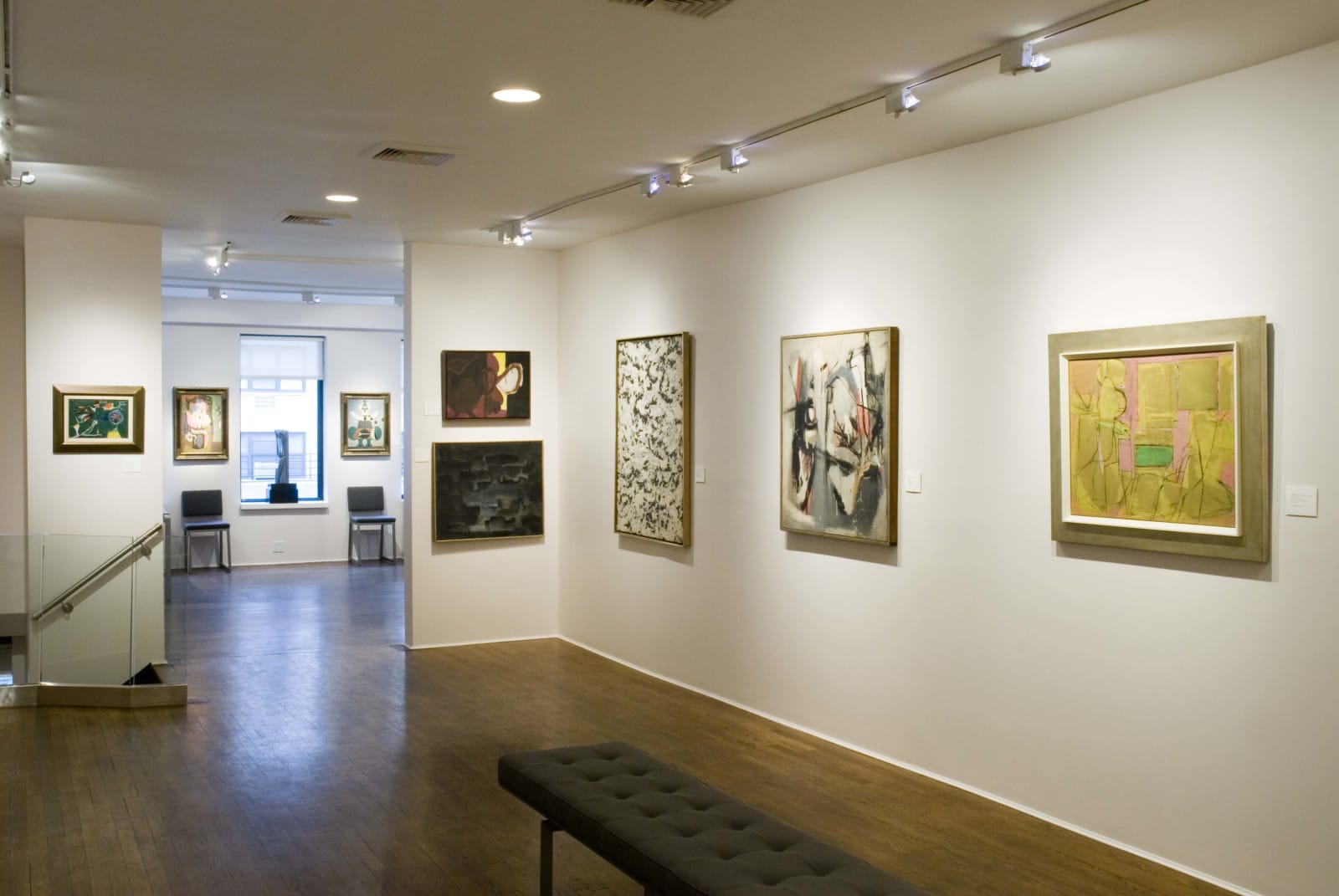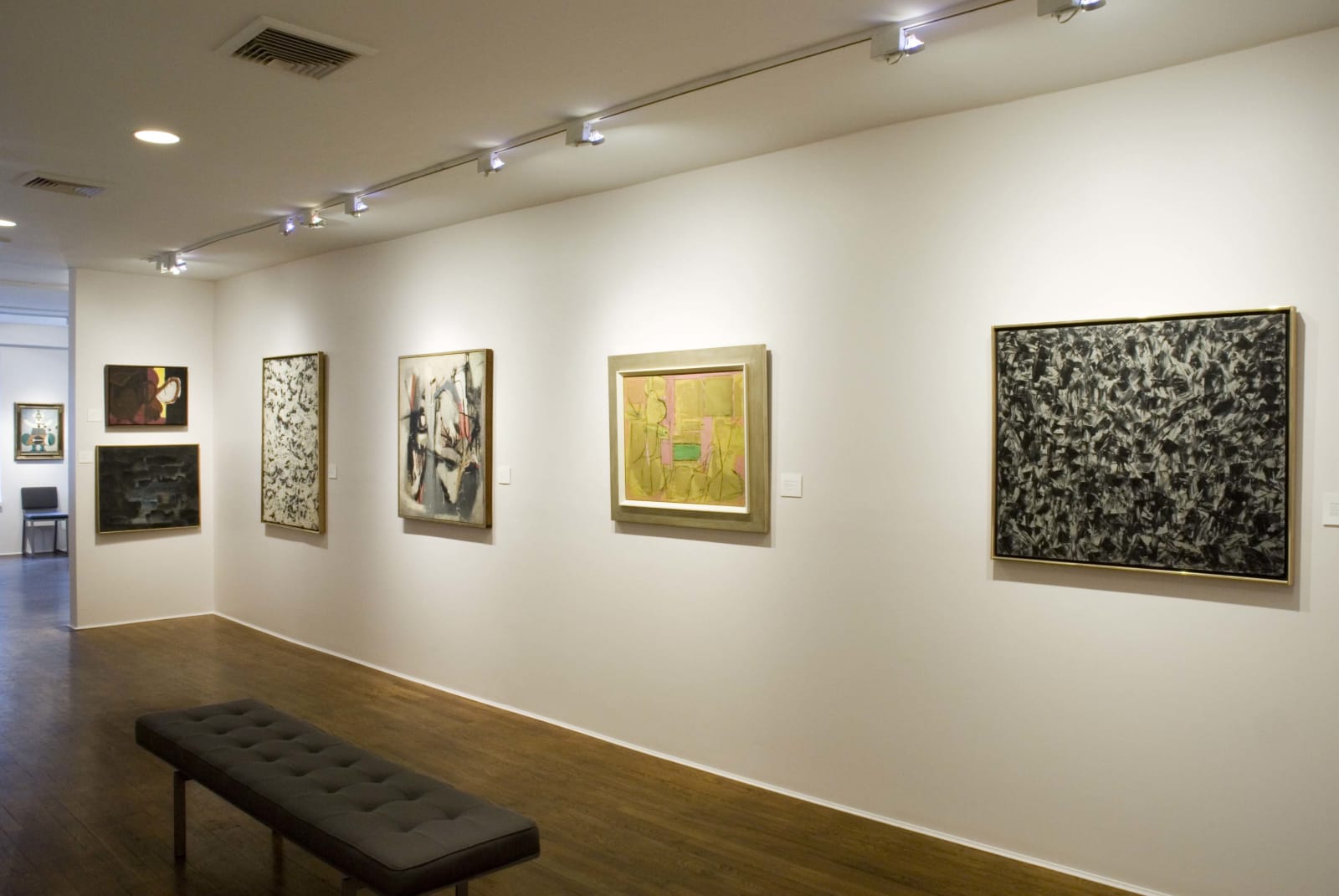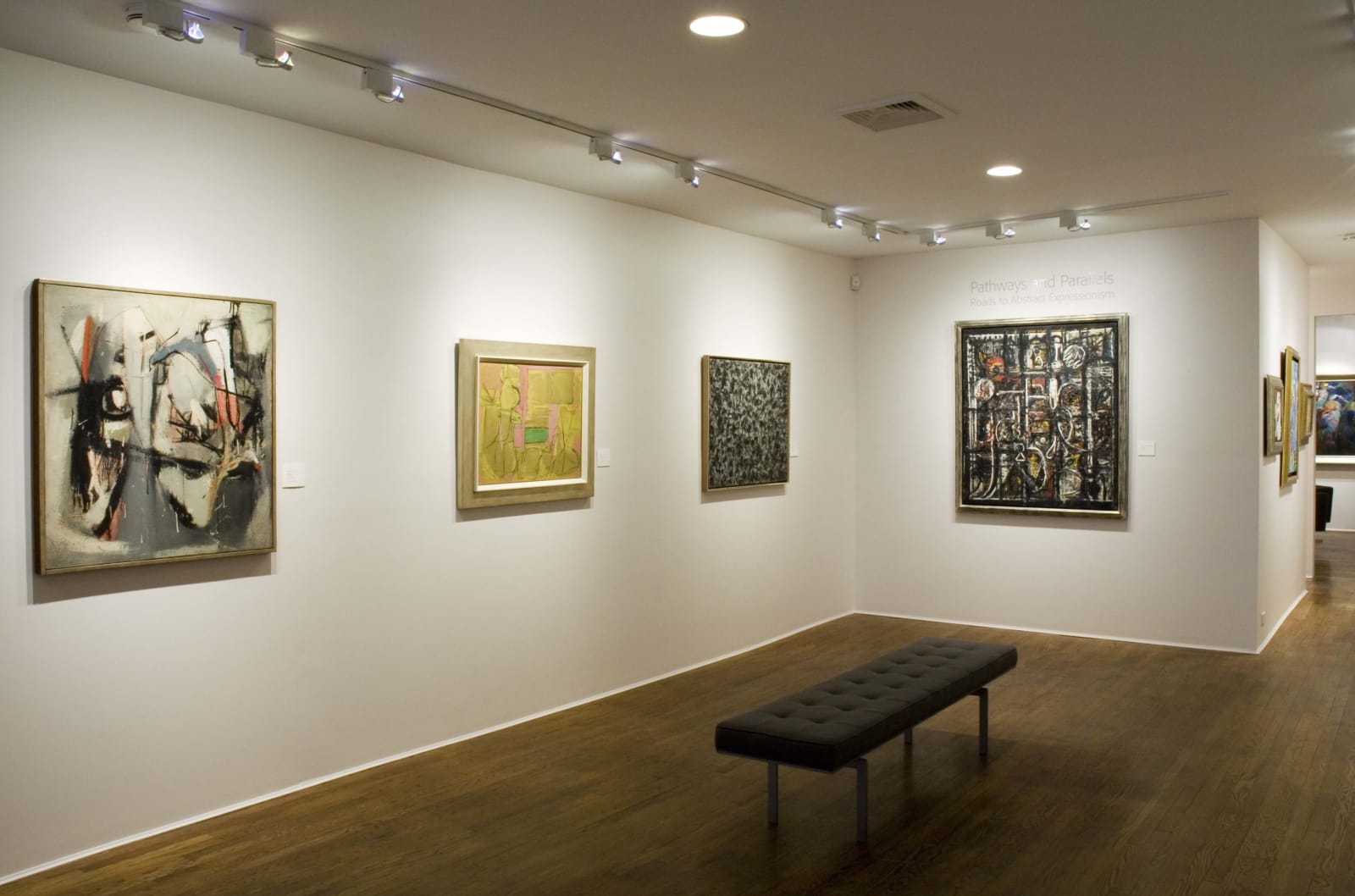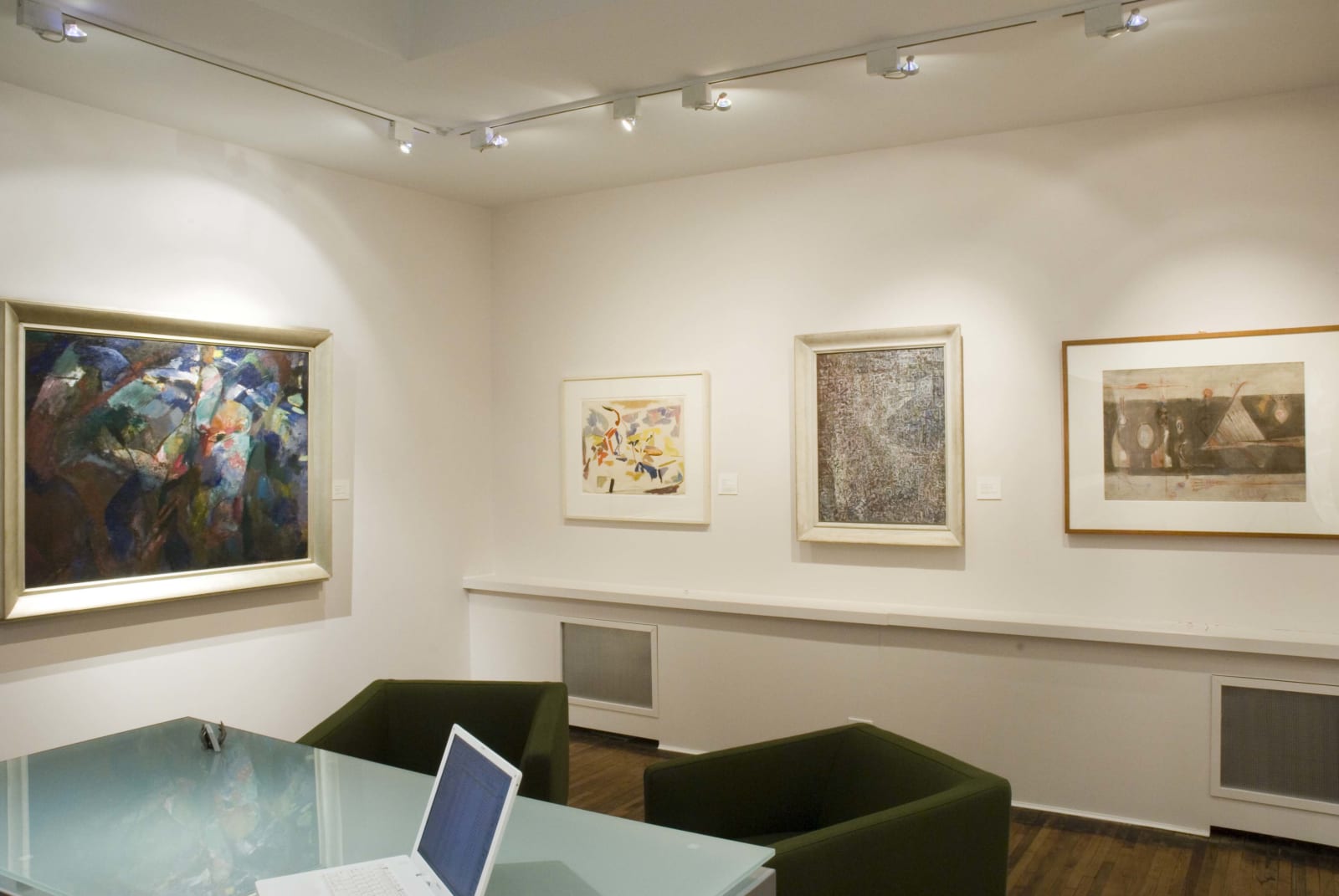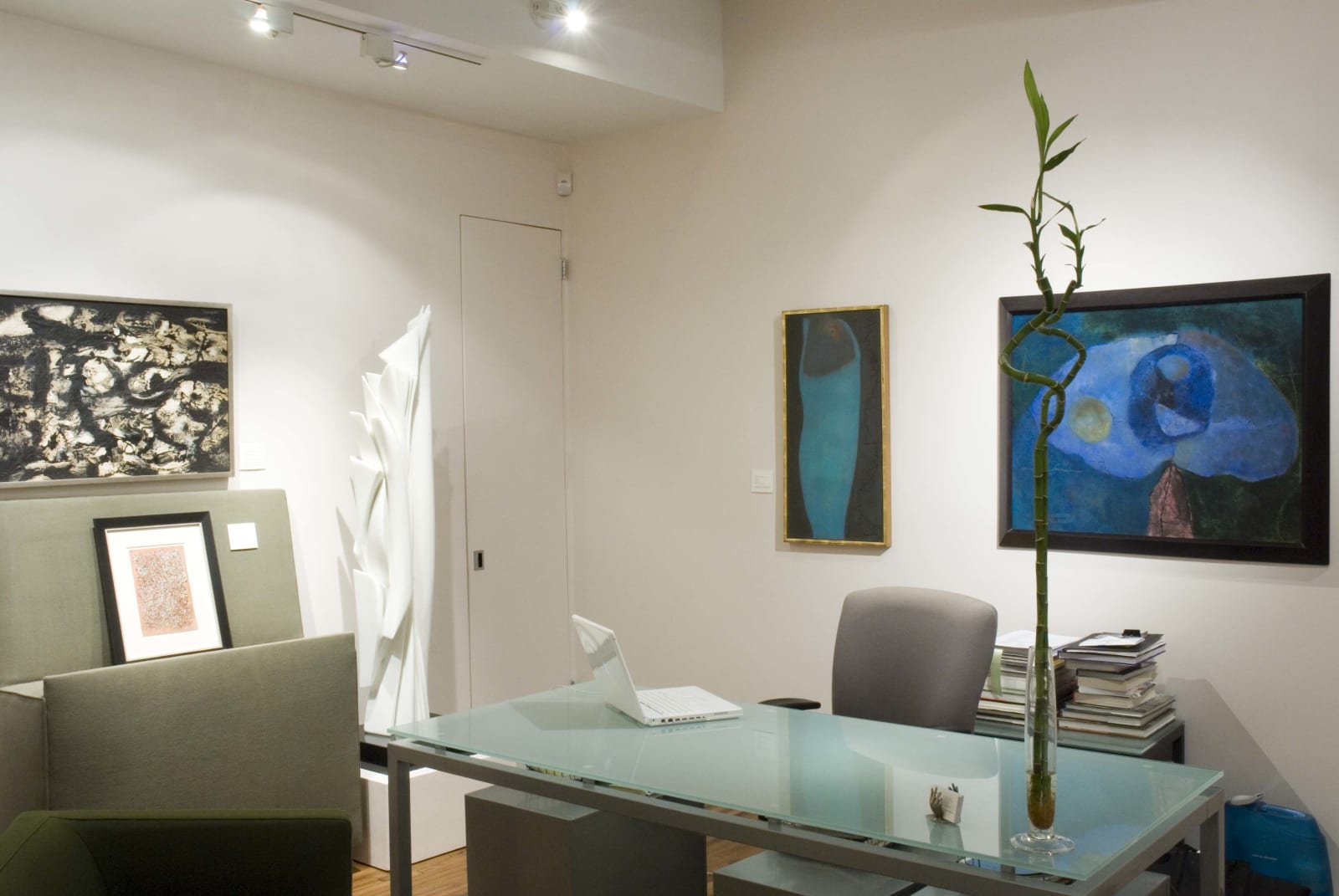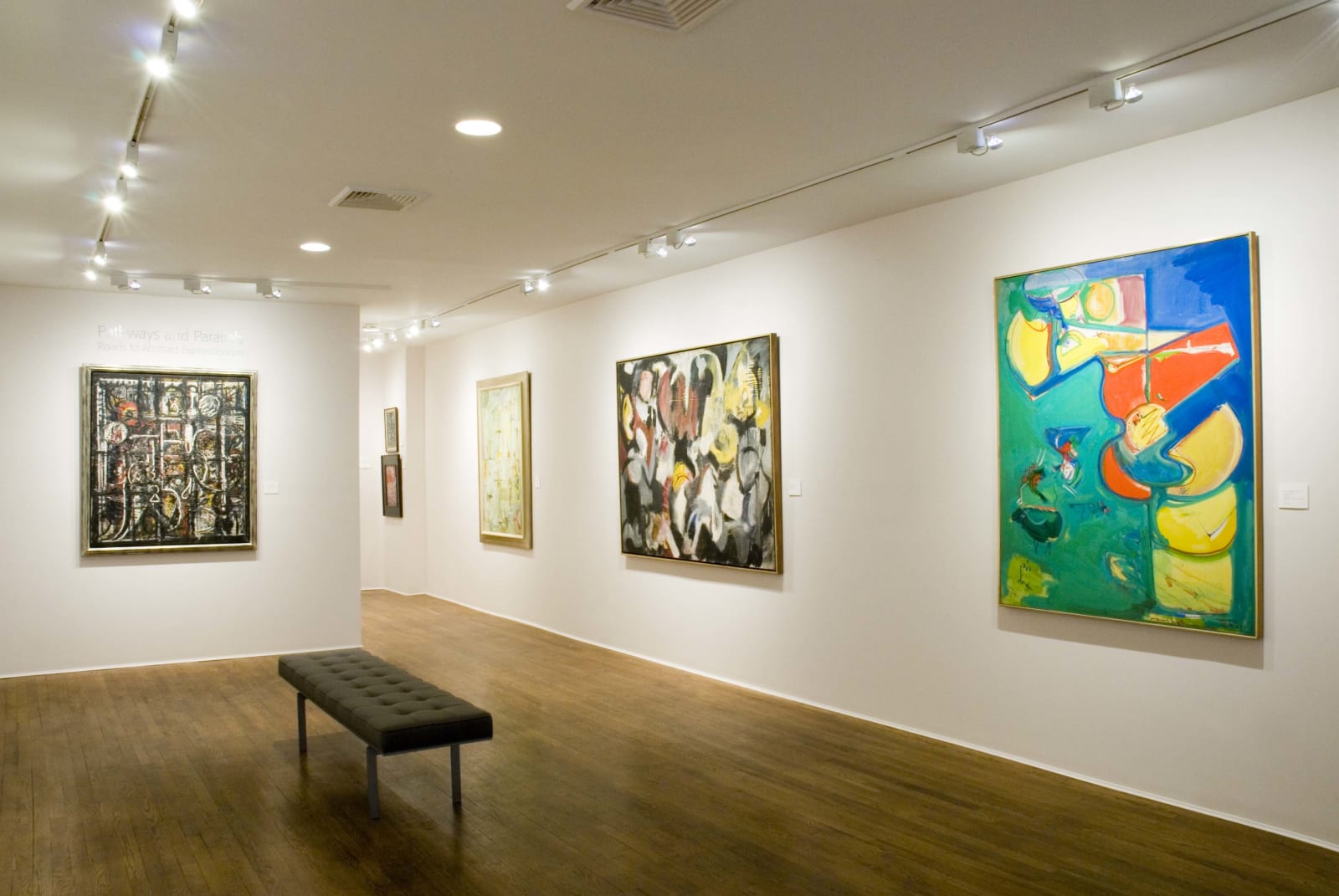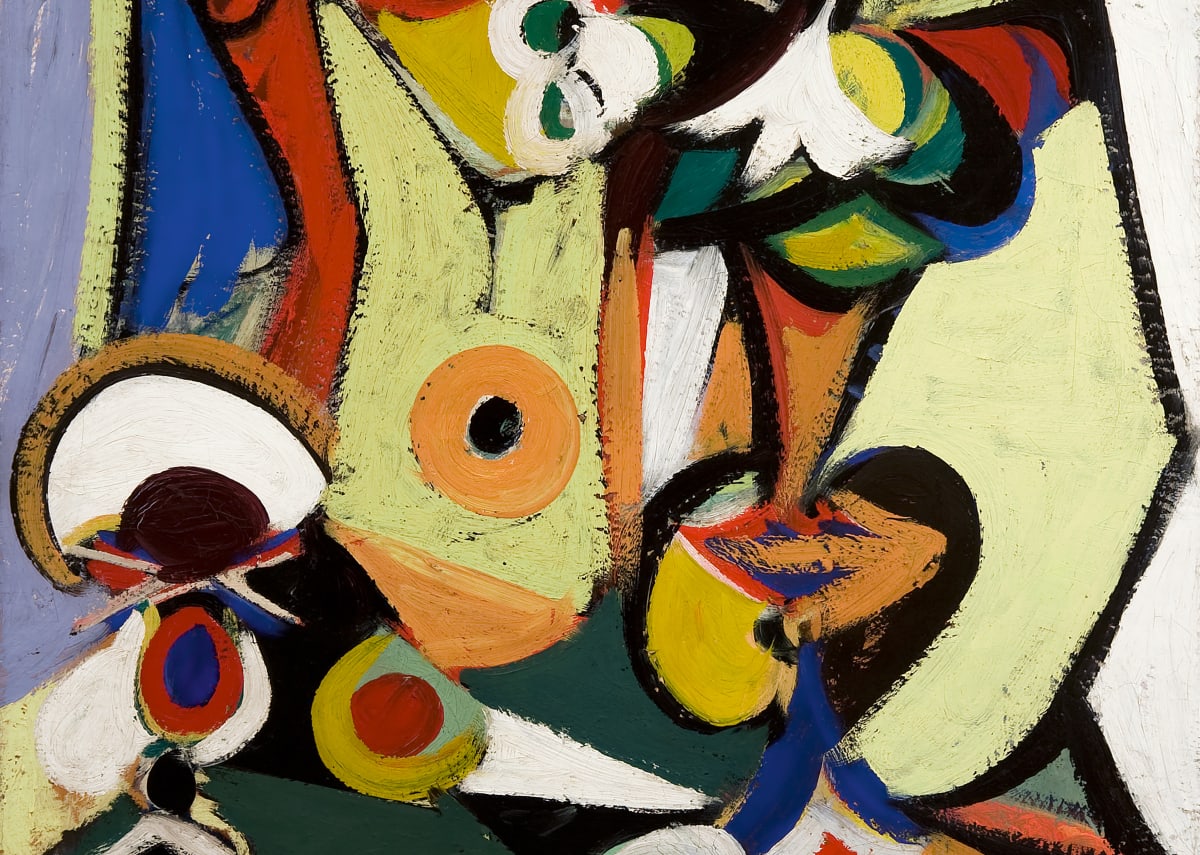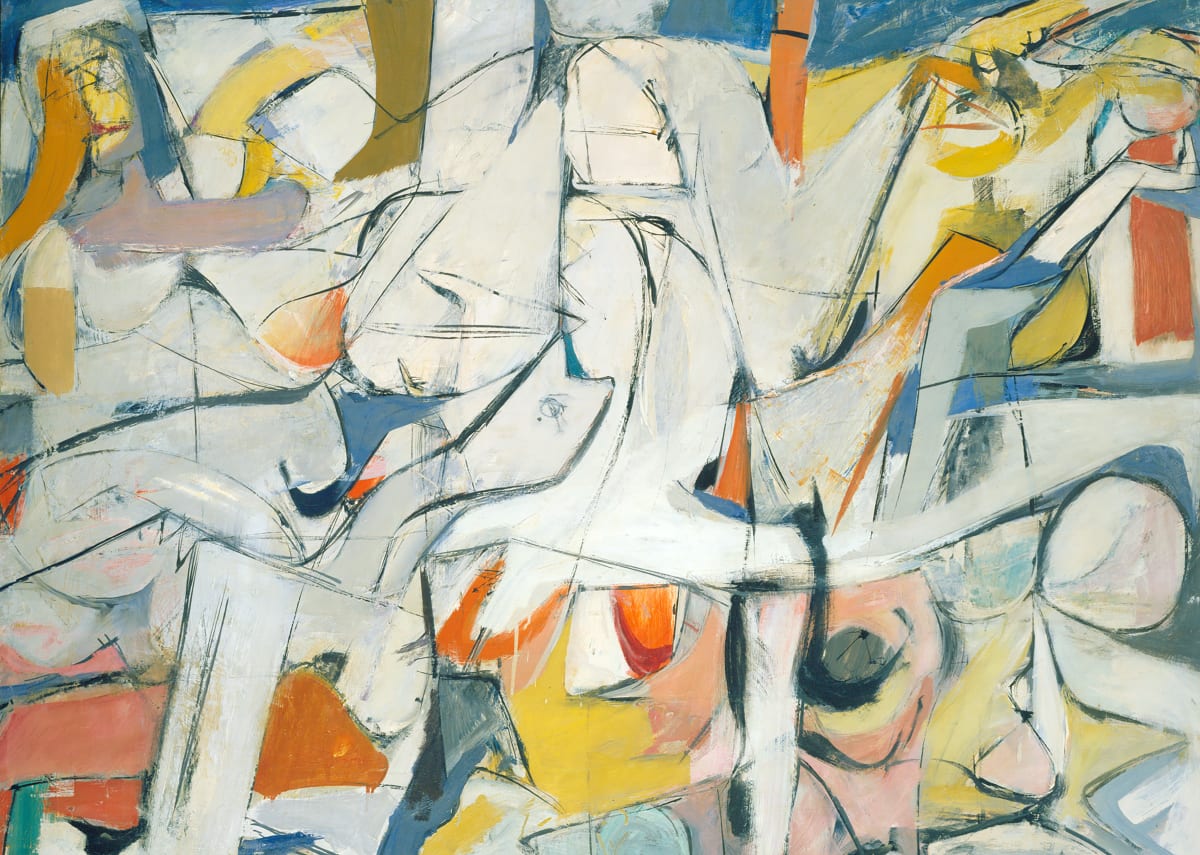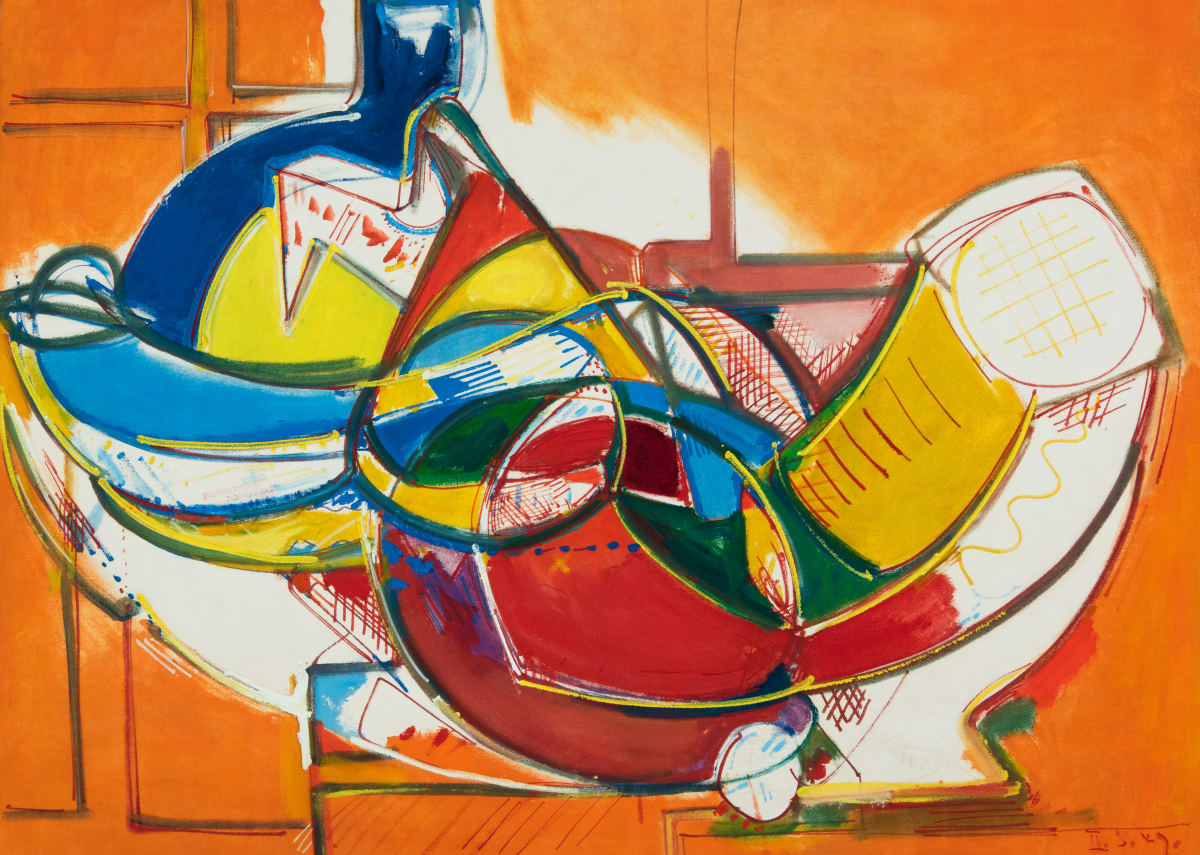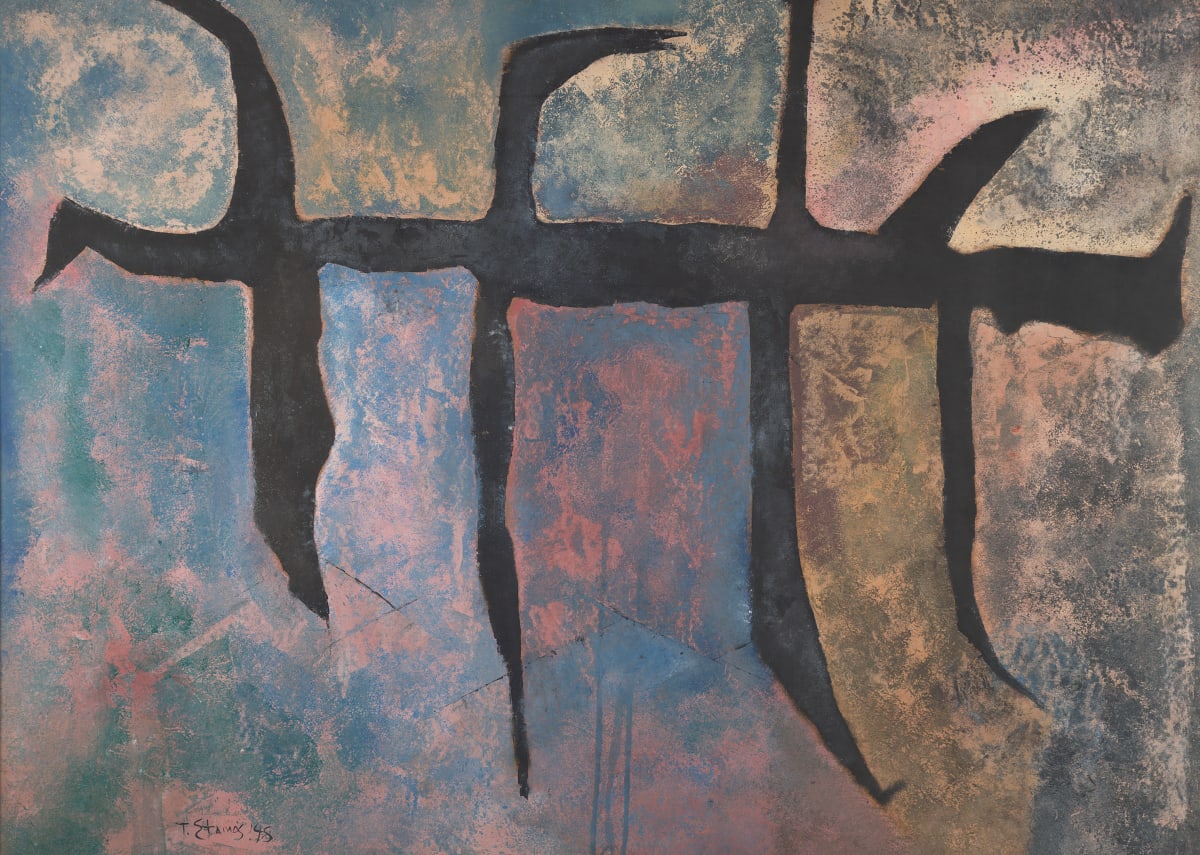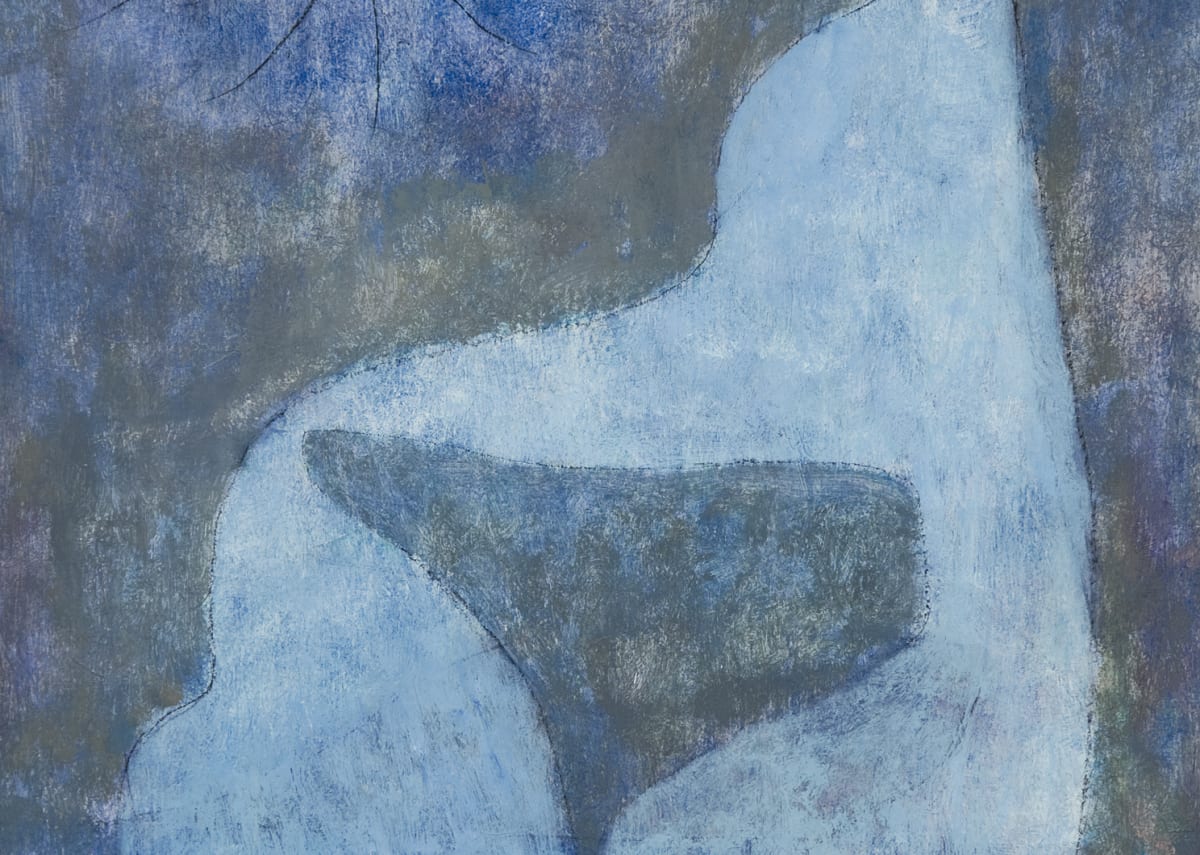
an examination of the aesthetic approaches that defined this central movement in American art.
Hollis Taggart Galleries is pleased to present “Pathways and Parallels: Roads to Abstract Expressionism,” an examination of the aesthetic approaches that defined this central movement in American art. Created primarily from the late 1930s to the early 1950s, the nearly fifty paintings and drawings in this exhibition represent the major stylistic threads of this critical period of Abstract Expressionism.
Hollis Taggart Galleries is pleased to present “Pathways and Parallels: Roads to Abstract Expressionism,” an examination of the aesthetic approaches that defined this central movement in American art. Created primarily from the late 1930s to the early 1950s, the nearly fifty paintings and drawings in this exhibition represent the major stylistic threads of this critical period of Abstract Expressionism.
“Pathways and Parallels” presents the Abstract Expressionist ethos by turning to its origins and sources to reveal the variety of ways in which artists adopted an abstract language to express their relationship to the outside world, to the artistic past, and often to their own inner psyches. Several key themes illuminate the diverse approaches of these artists—both household names and locally established artists. These themes include re-envisioned landscapes, Surrealist meditations, Cubist interpretations of space and form, and “the field” as a new metaphor for pictorial action.
These approaches are exemplified in work by William Baziotes, Hans Burkhardt, Peter Busa, Arthur B. Carles, Rollin Crampton, Elaine de Kooning, Willem de Kooning, Arnold Friedman, Arshile Gorky, Adolph Gottlieb, John Graham, Hans Hofmann, Gerome Kamrowski, Franz Kline, Lee Krasner, Roy Lichtenstein, Conrad Marca-Relli, Robert Motherwell, David Park, Richard Pousette-Dart, Ralph Rosenborg, Mark Rothko, Ethel Schwabacher, Sonia Sekula, Charles Seliger, Sal Sirugo, Janet Sobel, Theodoros Stamos, Mark Tobey, and Jack Tworkov. A fully illustrated catalogue with an essay by guest curator Jeffrey Wechsler accompanies the exhibition. Wechsler, Senior Curator of the Jane Voorhees Zimmerli Art Museum, Rutgers University, is the author of numerous publications, including Abstract Expressionism: Other Dimensions (1989), and the groundbreaking Surrealism and American Art, 1931-1947 (1976).











